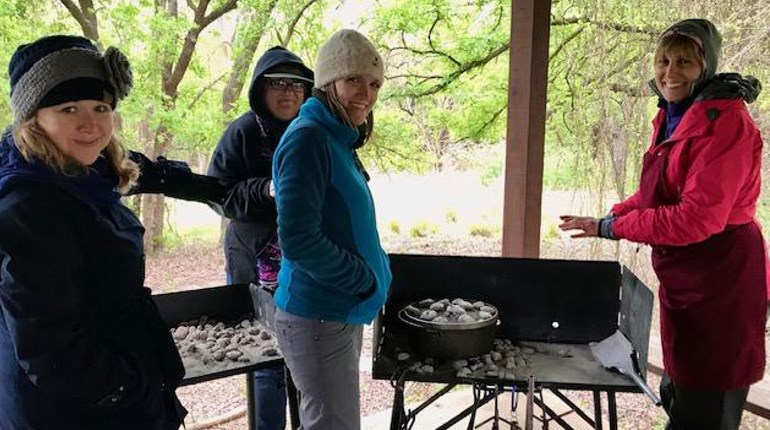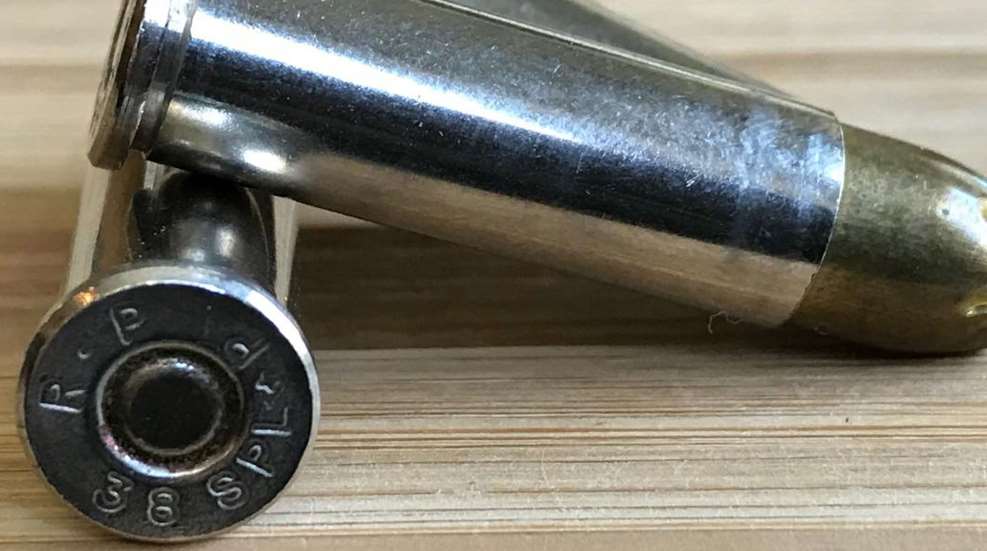
The primer is the least understood component of a cartridge or a shotshell. A primer is one of the four components of a rifle or handgun cartridge: primer, case, powder, bullet. In shotguns, the primer is one of five components of a shotshell: primer, hull, powder, wad and shot. But what exactly is a primer, and what it is supposed to do?
In center-fire cartridges and shotshells, a primer consists of three components: the cup, ignition compound and anvil. The cup is metal and contains the ignition compound. The ignition compound is what sets off or ignites the gunpowder in the cartridge or shotshell. The anvil is the base that causes the primer to ignite.
Rimfire cartridges do not have a cup and anvil. The primers are attached to the inside of the rim. The ignition compound is in direct contact with the propellant in the rimfire cartridge. When the firing pin compresses the rim, the ignition compound is ignited. This then ignites the cartridge propellant. Vents in the anvil allow the flames of the ignition to pass through the flash hole(s) of the case or shotshell to ignite the propellant.
Most people describe the initial ignition of the primer as “a spark that ignites the gunpowder in the cartridge or shotshell.” A more accurate description of the ignition of the compound is to imagine cutting metal with a blow torch. There is a flame that shoots through the flash holes of the cartridge. As it does so, like the blow torch analogy, molten slag is thrown through the propellant along with the flame.
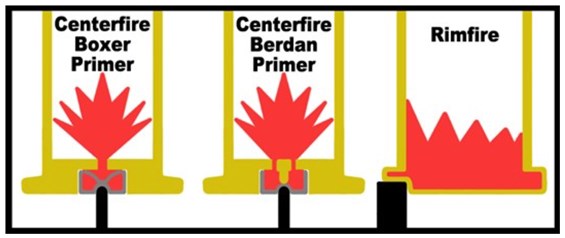
Wikipedia image
The job of the primer is to ignite all the propellant in the cartridge at the same time. This allows for consistent ignition. To do this, the ignition compound must shoot all the way through the propellant, not just create a spark that lights the powder at the flash holes in the cartridge. This is done in 1,500 microseconds—one microsecond equals a millionth of a second!
There are differences in the primers of rifle and pistol ammunition. Rifle primers are thicker than pistol primers. This is because the rifle primers burn with a hotter flash. The rifle primer’s ignition compound also burns longer than that of pistols.
There are five primer sizes. These are large rifle, small rifle, large pistol, small pistol and shotgun. The two large primers measure .210 inches in diameter. The two small primers measure .175 inches in diameter. Shotgun primers measure .243 inches in diameter.
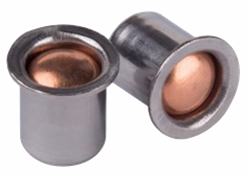
There are two types of primers—Boxer and Berdan. Almost all U.S. rifle and pistol cartridges have Boxer primers. Boxer primers consist of a brass or metal cup, ignition compound and an anvil. Cartridge cases designed for Boxer primers have a single flash hole to allow the flame and sparks to pass through.
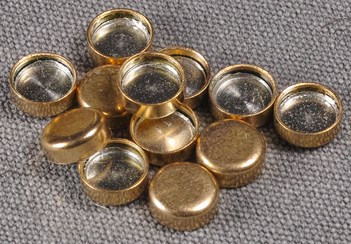
Most European cartridges contain Berdan primers. Berdan primers have no anvils to ignite the compound. Cartridge cases designed for a Berdan primer have the anvil integrated in the case where the primer is seated. The anvil projects into the primer. Additionally, cases designed for this type of primer have two flash holes in the primer opening to allow the flame and sparks to pass through.
Shotshells have a slightly different primer, more closely like a Boxer primer. A shotshell primer has two cups. The first cup contains all the components. After the first cup, the anvil and ignition compound are inserted. The outer cup is then placed on top. This is the cup that the firing pin strikes to start the ignition process.
The ignition compound in primers is very volatile. When purchasing primers for the purposes of reloading, each primer is individually packed due to the volatile nature of the substance. Modern ignition compound is made up of 40% Lead Styphnate, 40% Barium Nitrate, 16% Antimony Sulfide, and 4% Tetrazene. This ignition system is lead-based and repeated exposure can cause health problems. As a result, there are lead-free ignition compounds available.
Primers need to be stored in a dry, cool place. Extreme heat can dry out the priming compound, causing them to become brittle. This could cause a misfire during the reloading process. This same condition can cause the primer to ignite if you’re removing an unfired primer from a cartridge case. If at all possible, avoid de-priming a cartridge case.
Getting your ammunition wet or storing in a high humidity area can cause the priming compound to be too wet to fire properly. Ammunition or loose primers should be properly disposed of if they get wet. Damp ammunition or primers can cause a misfire, hangfire or a squib load. Any of these can cause a dangerous situation.
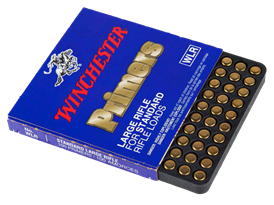
It is best to store all ammunition and loose primers in a waterproof container. The container should be made of wood or plastic. Metal ammunition cans, although very popular, should be avoided. As noted above, primers can be very volatile. If anything sets off a primer, there could be a chain reaction with other loose primers or loaded rounds of ammunition. If loose primers or ammunition are stored in a metal ammo can, and there is a chain fire, the metal container could come apart and create flying shrapnel!
Understanding what a primer is can help you understand how your cartridge or shotshell performs. By protecting the primer, you are protecting your ammunition. After all, the primer is the access to the cartridge’s powder. Water or dampness that affects the primer can affect the rest of your rifle, pistol or shotgun’s accuracy and performance. Taking care of your ammunition is just as important as taking care of your firearm.












